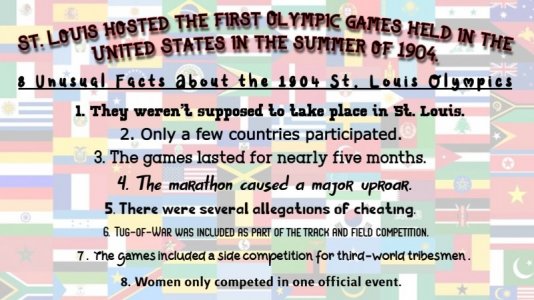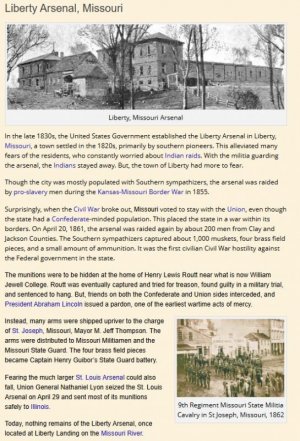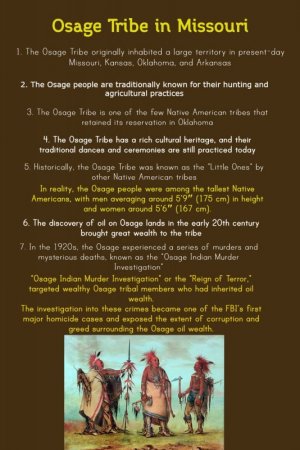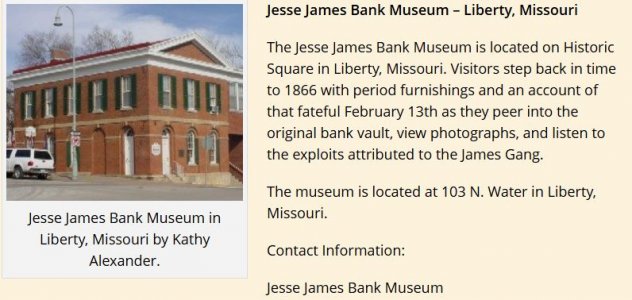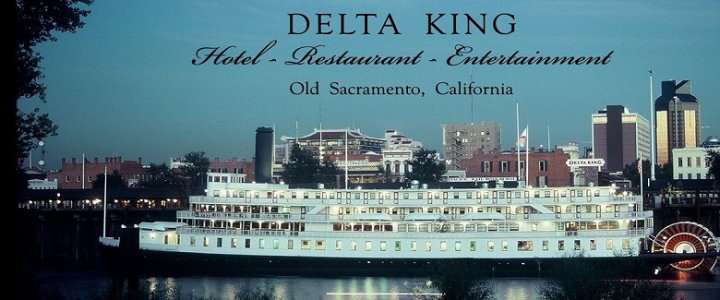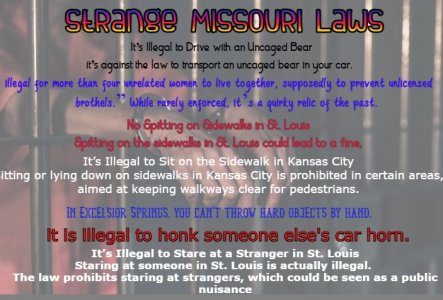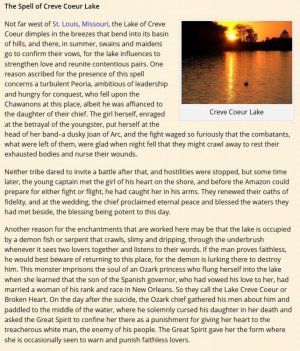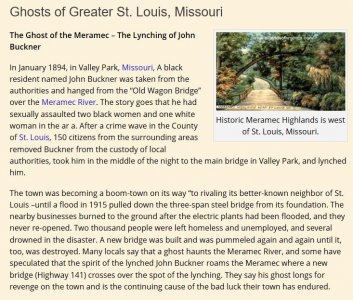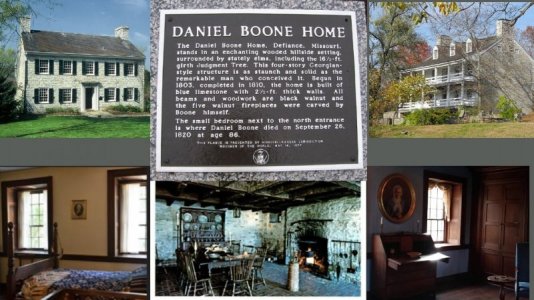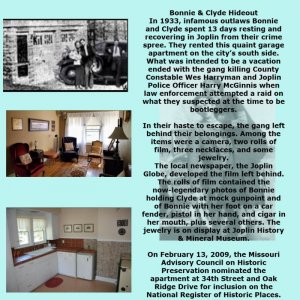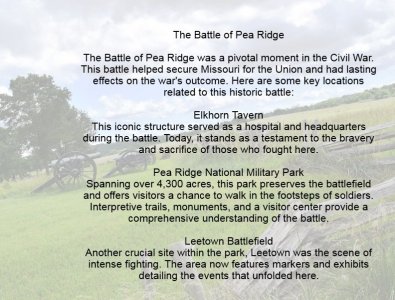My province, British Columbia (BC, part of Canada) lies below Alaska and above Washington state and Idaho. For thousands of years, numerous indigenous peoples lived here. Substantial interest by Europeans began in the late 1850s when gold was discovered in the south-central part of what is now our province.
Originally, the prospecting & mining activity took place along the Thompson River where it joins the Fraser. Besides gold, silver was also found; less 'precious' but economically valuable metals (like zinc and lead) were found as well. Investors in Britain became involved.
Transportation of goods and services was originally along water ways, primitive roads, and then limited narrow-track rail lines were constructed by the larger mines for carting ore around. The prospecting spread into many other parts of what became BC, and tent encampments sometimes turned into boom towns, complete with stables, hotels, saloons, churches, and all that.
Canada, to the east, wanted to absorb this enormous region that is now BC; the region only became a province by joining Canada in 1971. In 1878, the building of the east-west transcontinental Canadian Pacific Railroad started in 1878, and the east & west portions were joined in 1885. This made rapid development of my region in the southeast corner of BC, where rich mineral veins were beginning to be discovered in many locations.
Boom and bust was the most common outcome, but i,n some places ore concentrators and refineries were constructed, and settlers were attracted. Steadier regional economies became established. So, if the ore veins were extensive enough, local economies became elaborated and the rough-and-ready (sometimes dangerous) were now surrounded farms and orchards. Stores in villages and towns brought in a wide variety of goods in from eastern Canada and the U.S., and sports teams formed. The trend of life was toward better manners.
In the late 19th century, Canada put an emphasis on good public education in primary and secondary schools, which benefitted stable communities. In the part of BC where I Ilve, this has long been the case. Many regional residents choose a rural lifestyle, on smaller or larger properties. Prosperity has had its ups and downs here, as everywhere. But in the towns (and even some villages) there are sports teams, theaters, art galleries and, in the largest towns, colleges, first-rate restaurants and cafés.


